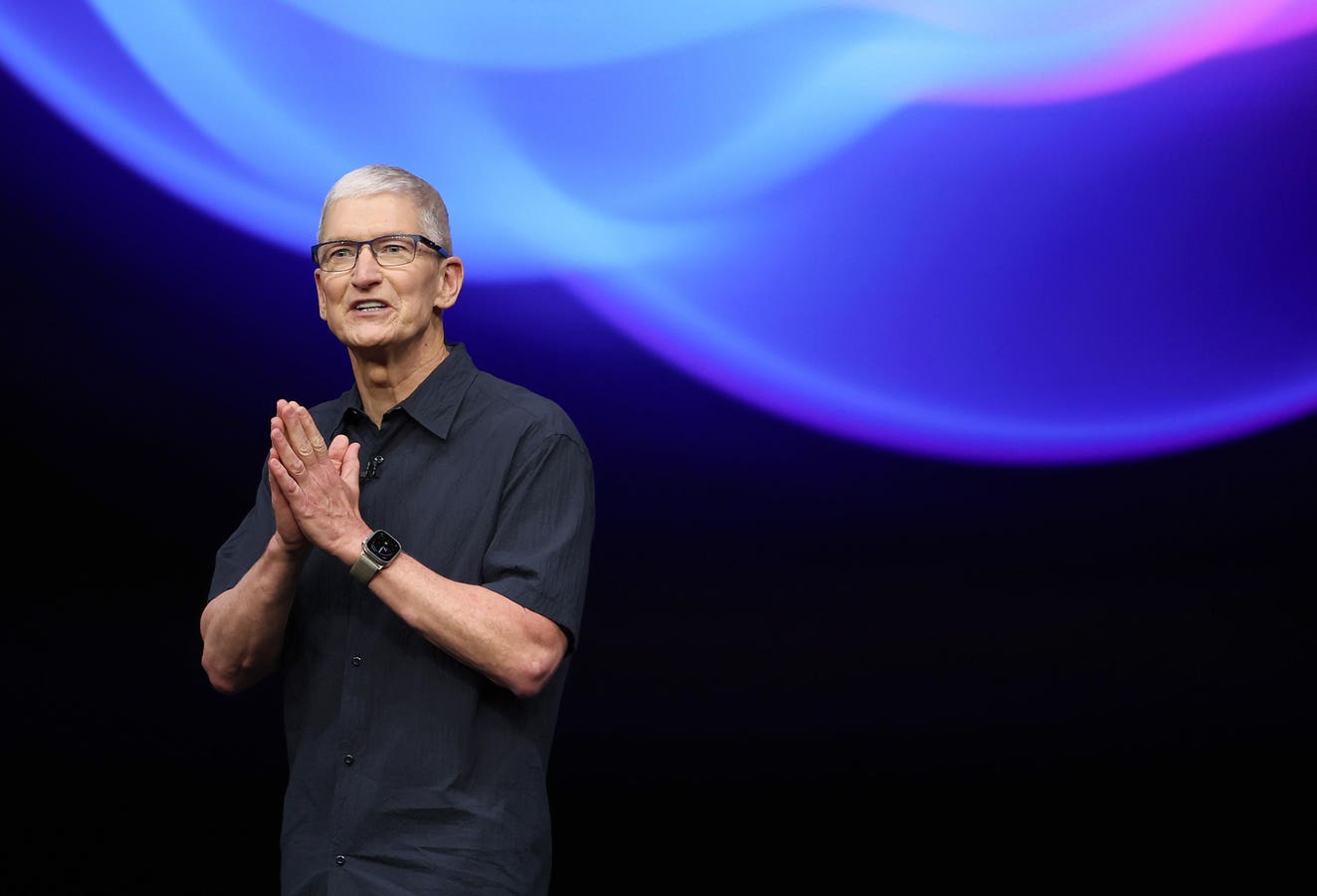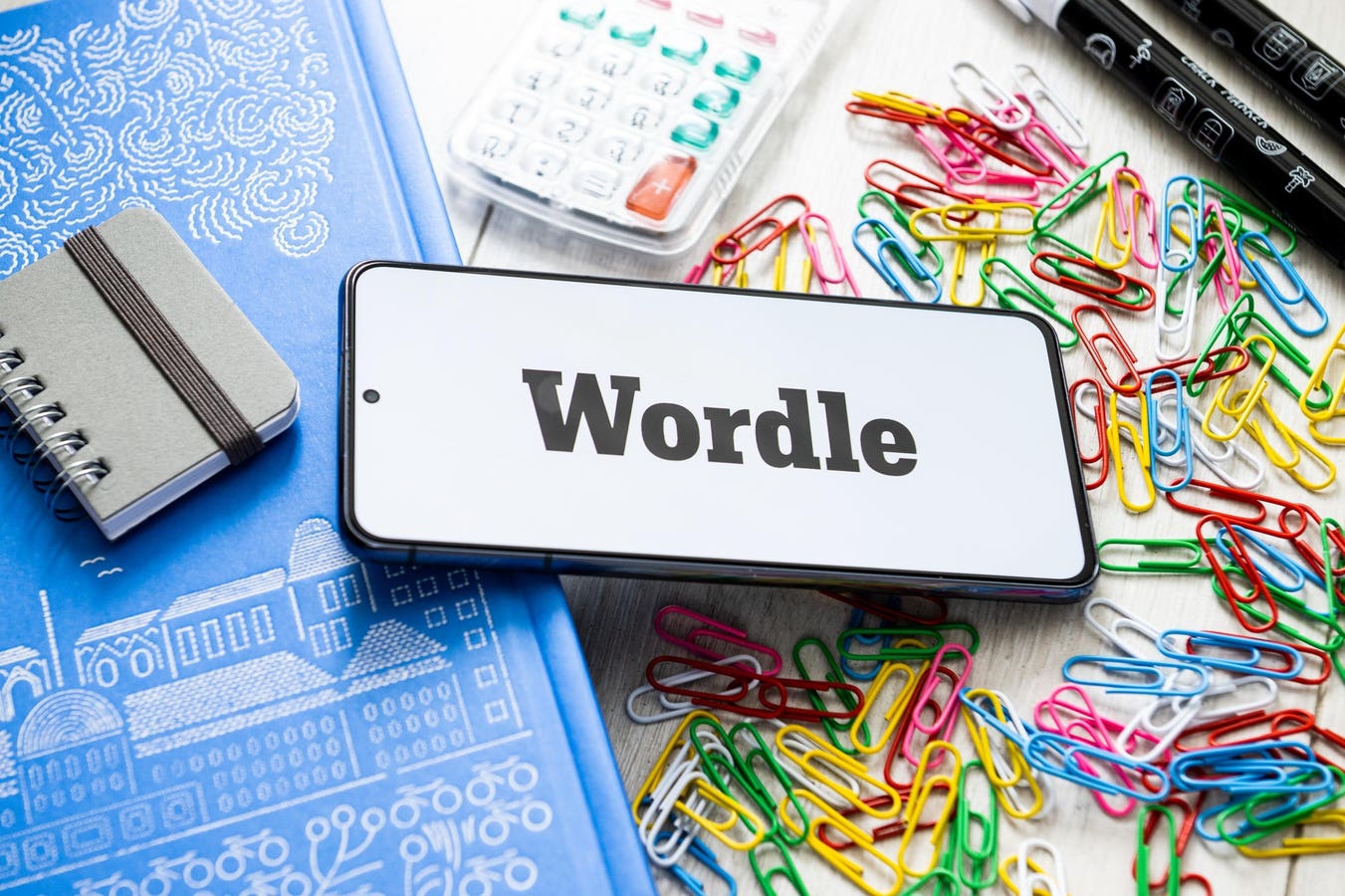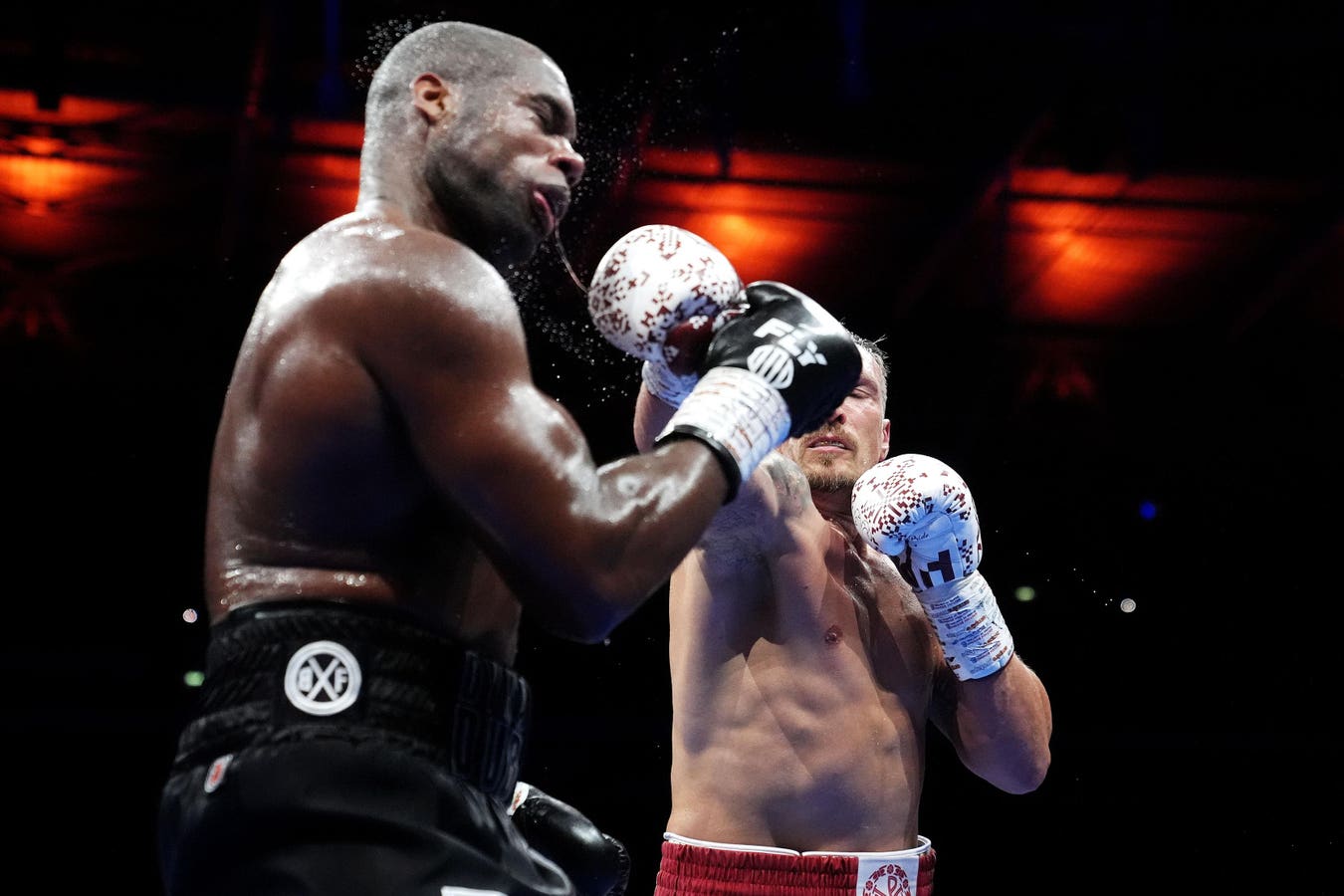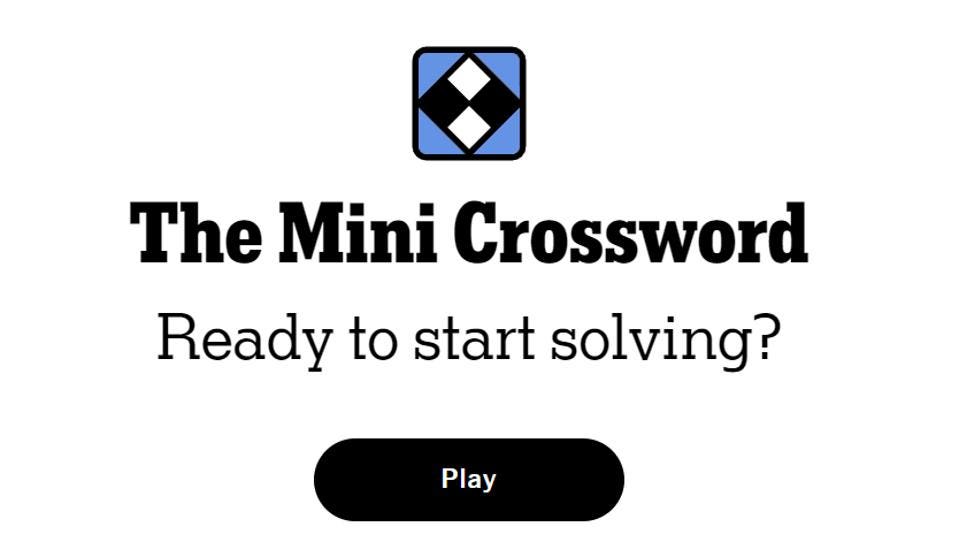Fiat Grande Panda battery electric compact car (Photo by Sjoerd van der Wal/Getty Images)
Stellantis, troubled owner of brands including Jeep, Chrysler, Peugeot, Alfa Romeo and Maserati, has lost about 55% of its stock market value over the past year. But with new leadership, some analysts believe the only way is up, despite some challenges which might require plant closures and the elimination of brands.
Since the demise of former CEO Carlos Tavares and the assumption of Antonio Filosa there has been no shortage of rumours about strategy. Reports Stellantis would merge with Renault were denied. Storied but problematic luxury Italian sports carmaker Maserati is not for sale; yet.
A year ago, the Stellantis share price was around €19. It closed near €8.50 June 30, according to Reuters data.
Dynamic Chinese newcomers like Chery Automobile and BYD are said to be looking at buying brands like Chrysler. As trading conditions toughen in Europe and U.S. tariffs worry everyone, some factories might be closed, or some of the 14 brands eliminated.
Stellantis was created in 2019 by the merger of Fiat Chrysler and PSA Group.
Stellantis’s financial numbers have been under pressure. Operating profit margin in 2024 was 5.5%, down sharply from 2023’s 12.8%. Last year, industrial cash flow was a negative €6 billion ($6.8 billion) compared with 2023’s positive €12.9 billion ($14.6 billion).
Expect early brand decisions
In 2021, former CEO Tavares gave the 14 brands, 10 years to justify their existence. That deadline has certainly been shortened, although new CEO Filosa hasn’t officially decided yet. In Europe, the mass-market brands – Citroen, Peugeot, Fiat, Lancia, Vauxhall, Opel – compete against each other. DS, Alfa Romeo and Abarth sit in the wannabe premium sector. In the U.S., there is Dodge, Ram, Jeep and Chrysler. Overall, Maserati sits atop of the list.
In late June, Filosa talked about the Stellantis long-term strategic plan without adding any details. The plan adopted in 2022 aimed to double sales by the end of the decade and maintain double-digit operating margins. Some aspects of the plan have been overtaken by events, such as the aim for 100% of sales in Europe to be electric by 2030, and 50% in the U.S.
Jeep Wrangler Rubicon. Photo taken in Telluride, Colorado.
Moody’s Ratings pointed to the underlying strength of Stellantis when it changed its outlook to “stable” from “negative” and said the company’s strong cash balances were an important buffer in the current volatile and challenging market environment.
Investment researcher Jefferies put it this way in a report entitled “Jump-starting Stellantis – Upgrade to Buy”.
Earnings slide about to turn
“Data suggests the earnings slide is about to turn. A new CEO can move fast on overdue decisions, from brands to footprint and technology. Autos look more challenged than ever, but many Stellantis operating issues are self-inflicted and fixable,” Jefferies said.
“Stellantis and predecessors never shied away from bold and creative capital allocation decisions. Restructuring costs are material but manageable. Gaining investor trust may take time,” the report said.
A 2025 Maserati MC20 GT2 Stradale Photographer: Bing Guan/Bloomberg
Jamel Taganza, vice-president of French automotive consultancy Inovev, said Stellantis sales in 2024 fell 12%, and a further 10% in the first four months of 2025. Many Stellantis factories are running at a slow pace and suffering from significant overcapacity. Its policy has been to keep factories open.
“Given these elements, the Stellantis Group will most likely be forced to implement a policy that breaks with the previous year’s objectives, aided in this by the arrival of the new CEO. This could result in factory closures and brand purging. On the other hand, Stellantis could relaunch thermal and hybrid engines, and abandon a fully battery electric range, with the hope of a postponement of the 2035 (European Union) ban on thermal vehicles,” Taganza said in a report.
Maserati future in question
Taganza said DS, Lancia and Maserati have questionable futures. He doesn’t expect any interest from the likes of BYD or Chery though.
Meanwhile, Stellantis has bought a 21% stake in Leapmotor of China. Leapmotor initially was expected to assemble small cars like the TO3 in Poland. This plan stumbled because of import tariff complications. Leapmotor is currently sourcing its vehicles from outside Europe.
Whatever changes are made to brand strategy, Taganza expects Stellantis to retain its position in Europe as the second biggest automaker in terms of sales, behind Volkswagen.
“We do not see major changes in the five coming years for Stellantis, in terms of position in the European market. They should still be the second group in Europe, despite the advance of Chinese carmakers.
Chrysler 300
It will follow the trend of the European market without any big surprises,” Taganza said in an email.
Chester Springs, Pennsylvania-based Auto Forecast Solutions analyst Sam Fiorani agrees action is urgent and expects a plan to do that in a couple of years.
“Keeping Ram, Jeep and Peugeot are the easiest decisions. Global growth of Ram and Jeep make them very important, especially with the revenue and profits generated by the entire range of models. Peugeot ranks as the sixth most popular brand in Europe and remains important in other global regions,” Fiorani said in a report.
Consolidation by the end of the decade
The future of other brands is less obvious, but consolidation among the mainstream brands is likely before the end of the decade.
“Fiat ranks as the automaker’s second largest brand and remains popular in South America and, of course, Italy. Citroen and Opel/Vauxhall combine for about 1.8 million units by offering a similar range of vehicles primarily for different European markets, but with their own style and marketing; the three should be consolidated into one marketing group,” Fiorani said.
Fiorani sees a huge task ahead for the new CEO, and like Inovev’s Taganza, a healthy outcome. That’s quite a prediction, given the burgeoning challenge from China.
“Antonio Filosa has a monumental task ahead. Plants will need to be closed, workforce reduced, even brands eliminated. Done with proper attention, the automaker should be able to retain most of its current global market share,” Fiorani said.









